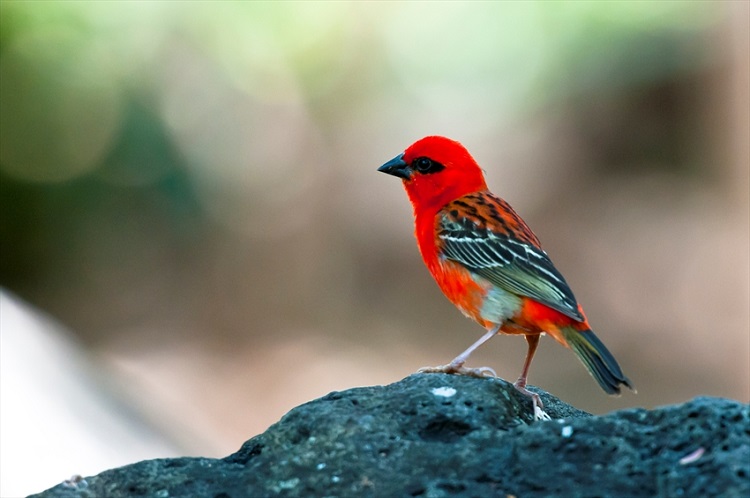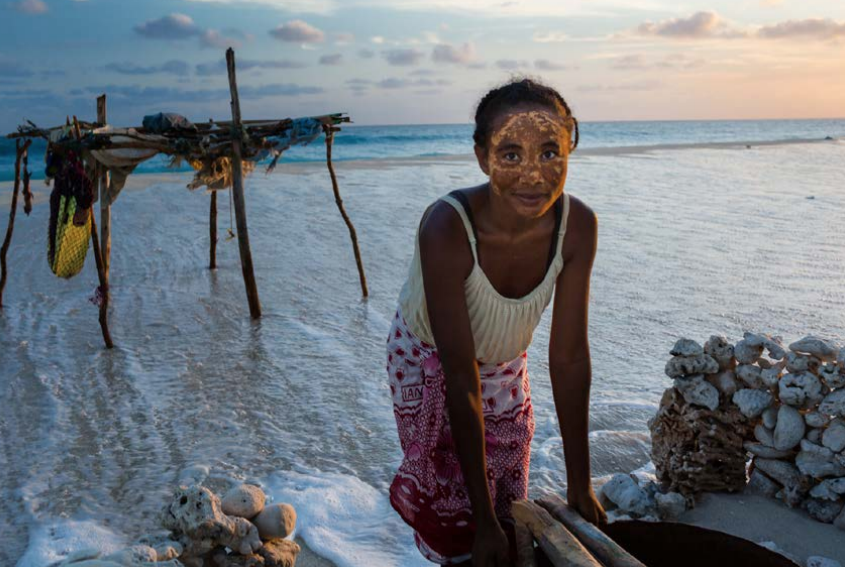Statement of Julia Marton Lefèvre, IUCN Director General, at COP 15
Statement delivered at UNFCCC COP15 plenary session on 18 December 2009.

Photo: Tropic Photo Gonzalez
We stand at a critical moment in Earth's history, a time when humanity must choose its future. As the world becomes increasingly interdependent and fragile, the future at once holds great peril and great promise.
We are all aware that climate change is already happening, and is manifesting its impacts at a faster rate than previously anticipated on species and ecosystems around the world. The threshold of 2°C average global temperature rise must be respected as the maximum guardrail.
We know that ocean acidity has already increased by 30% since the industrial revolution and even at today’s CO2 atmospheric concentration, most coral reefs world-wide are already committed to an irreversible decline.
The loss of species and the altered functioning of natural systems are much more than just the harbingers of change -- they will have devastating impacts on 100s of millions of livelihoods – particularly those of the poor and vulnerable.
But nature is not just the helpless victim of climate change. It is ready to provide powerful tools for both mitigation and adaptation. These are already available, cost-effective and sustainable, and can be deployed right now if we want it.
IUCN is encouraged with the progress made over the past two weeks in recognizing REDD-plus as a mainstream mitigation approach that compares favourably with other large scale mitigation solutions.
IUCN welcomes the support that Ecosystem-based adaptation has received from Parties to be included in the post-2012 climate change regime. The use of biodiversity and ecosystem services to help people adapt to the adverse effects of climate change, is a cost-effective solution that can generate socio-economic, cultural and biodiversity benefits, particularly for those most vulnerable to climate change.
IUCN is also encouraged by the progress in recognizing Gender equality and the rights of indigenous peoples’ and local communities’ as important requisites for the successful implementation of nature-based mitigation and adaptation strategies.
Science is also now revealing the vital interactions between biodiversity, resilience, and the ecosystem services vital for climate change mitigation and adaptation. Biodiversity is in fact a prerequisite if we are to ‘help living nature help us’ in meeting the challenges of climate change.
The 2010 International Year of Biodiversity takes on special significance as a timely and invaluable opportunity to strengthen linkages between the two conventions. After all, the Convention on Biological Diversity and UNFCCC are in reality two sides of the same coin. By building synergies between the two conventions we can ensure that a suite of integrated policies and measures emerge that reflect the scientific reality that we live on one Earth system and meet the challenge of reorganizing the human endeavour towards more just and sustainable ways of living.



